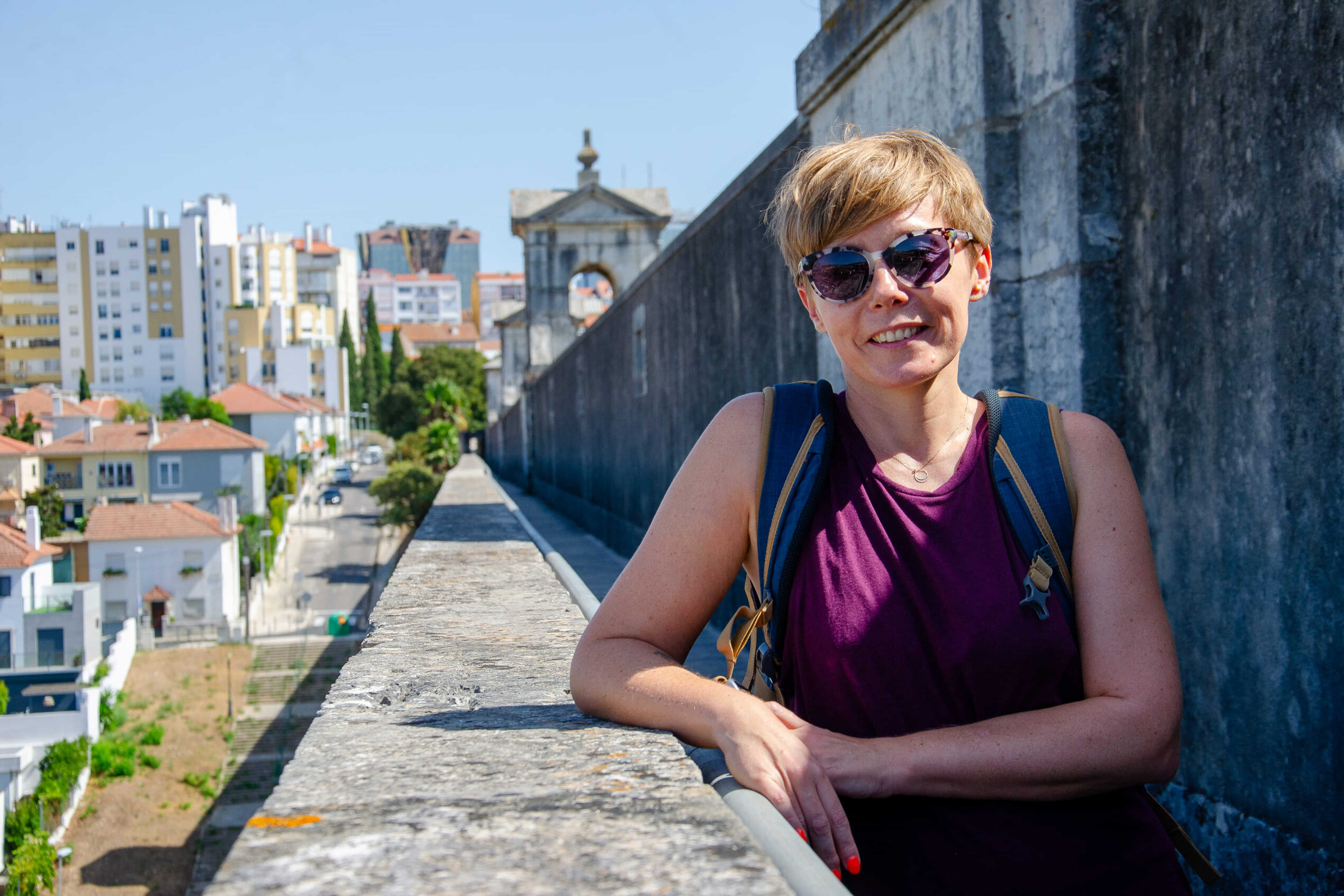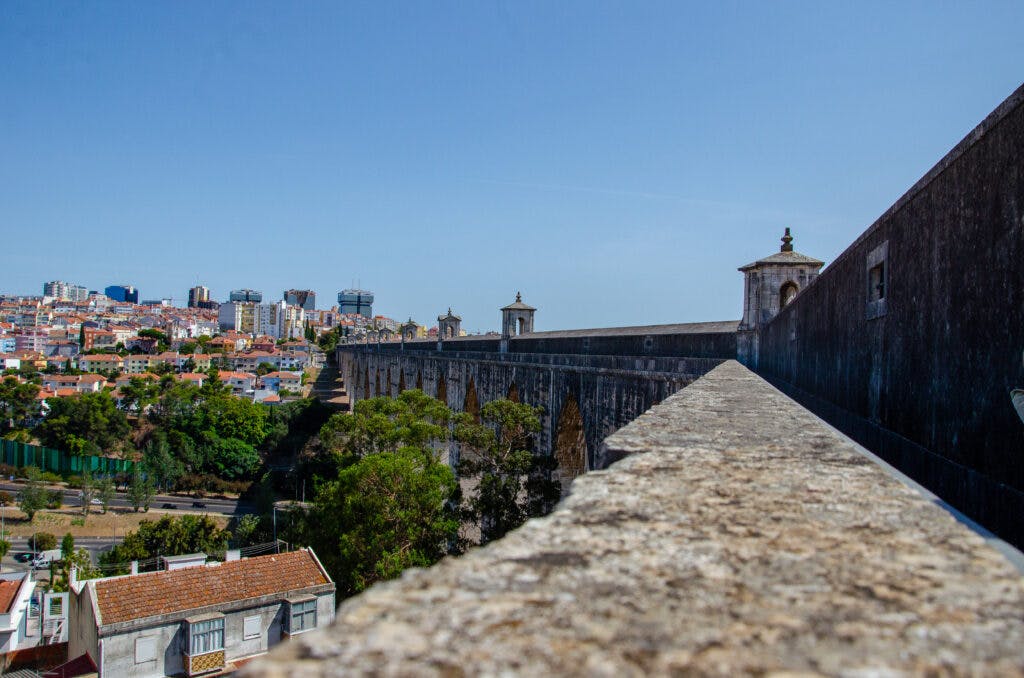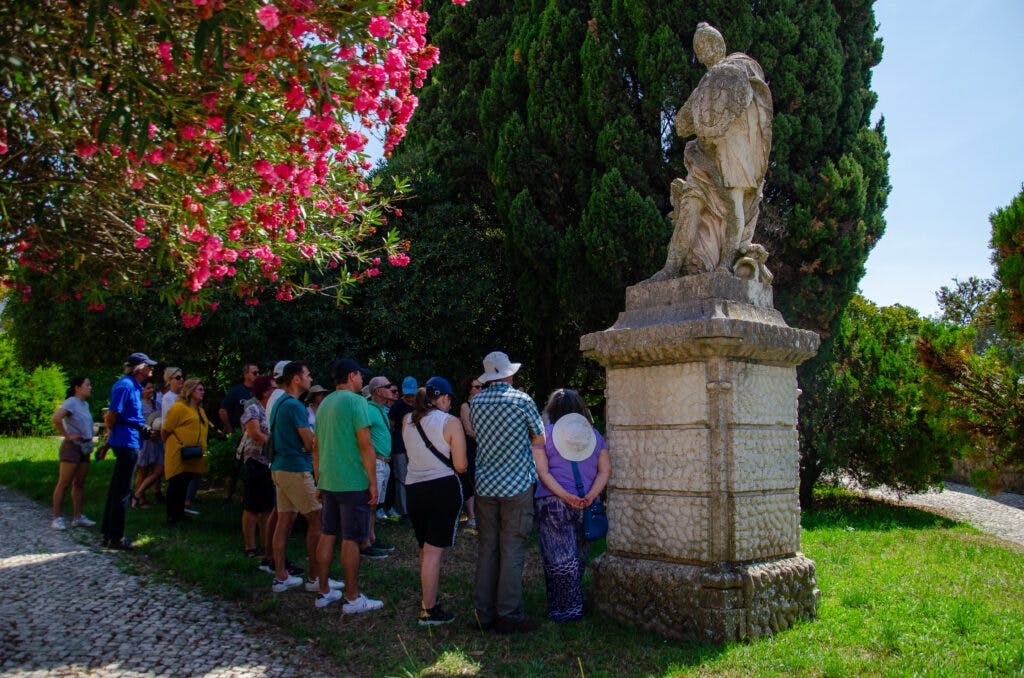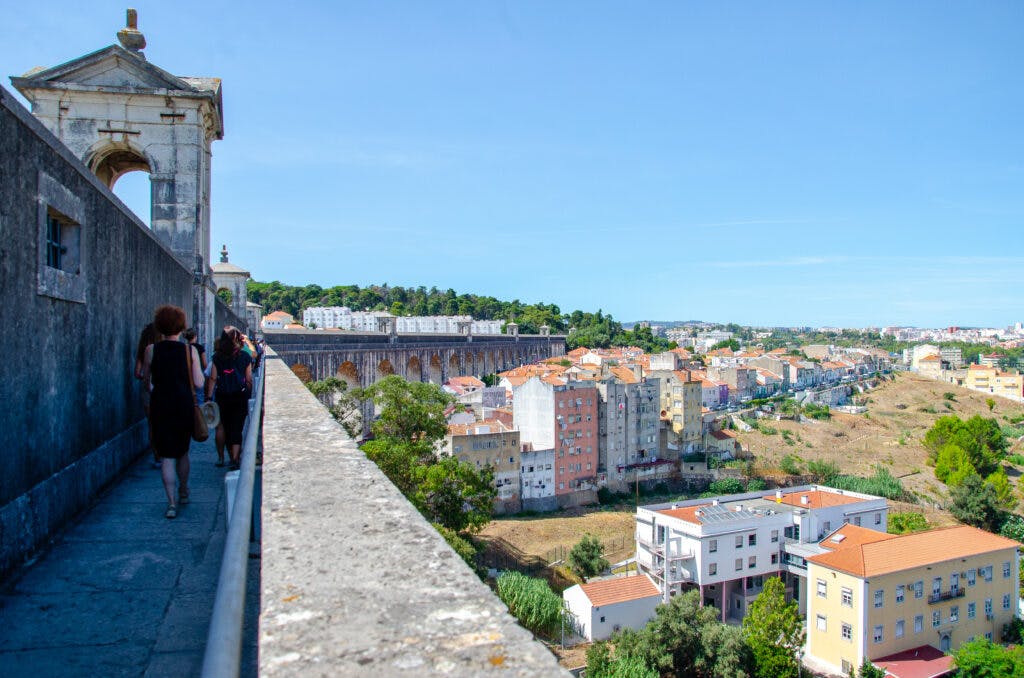
Travel
Visiting the Águas Livres Aqueduct in Lisbon
Destinations
Joanna Horanin
Hi, I'm Joanna, the author of The Blond Travels. In the worlds of Thailand and Portugal, I feel like a fish in water - and it's no coincidence! I've been exploring Thailand for over a decade, and I've settled in Portugal for 6 years now. My mission is to support Dreamers - just like you - in discovering these fascinating countries and helping those in love with them find their own place on Earth, preferably for good! Let's uncover these unique corners of the world together.
On the outskirts of Lisbon, driving along one of the expressways, you are likely to come across a large stone structure that stretches for a good few kilometres. Lisbon’s aqueduct is a lesser-known attraction that is an interesting place to see for its history and for the views it offers.
It wasn’t until six years later since I moved here that I managed to visit the Aqueduct of Lisbon or, as they call it in Portuguese, Aqueducto das Águas Livres. I passed under it very often, each time thinking that I must finally go there. Encouraged by one of the tours offered by a local company, I went one August afternoon.
The history of the Aqueduct in Lisbon
The aqueduct was built in the 18th century to provide residents with access to water. These large characteristic arches stretch for 18 kilometres. In contrast, the entire system, including Lisbon’s fountains and wells, is 58 kilometres.
Water flowed here from springs located 14 kilometres north-west of the city through pipes and canals by using gravity.
The foundations for the aqueduct were laid by the Romans, who began to work on it. Later, when the capital began to be inhabited by more and more people, access to water became a problem. At the time, those living in Alfama were in the best situation, but it was not enough.

In the 16th century, people began to think about how to bring water to the rest of the city’s regions, but it was not until the 18th century that the aqueduct we can admire today began to be built.
It was opened in 1748, along with the wells and fountains in the city to which water was supplied.
The aqueduct crosses the Alcântara Valley for 941 metres.
In the 19th century, the aqueduct became famous for a series of murders. A Spanish immigrant killed and robbed more than 70 people on it. He is said to have been the first serial killer in Portugal. The criminal was captured and beheaded.
In 1910, the aqueduct was classified as a National Monument. It worked continuously until 1967. Today it stands unused and is a tourist attraction, but also a testament to Portuguese engineering thought.
The trip to the Aqueduct in Lisbon
I was encouraged to visit the aqueduct by a tour organised by a company in Lisbon. I signed up for it via Facebook. It turned out, however, that the tour would only be guided in Portuguese, which was a bit of a problem for me, because my Portuguese, while it may be enough to get along in a shop or restaurant, is certainly not enough for such a historical trip.
However, I did not give up on it and decided not to be discouraged. I won’t recommend the company itself due to the fact that I didn’t understand the guide, so I don’t know how good it was. Check out the guides on GetYourGuide. This is a much more reliable company for me.
https://www.getyourguide.co.uk/the-aguas-livres-aqueduct-l5285/?partner_id=BQ7IM41&utm_medium=online_publisher&deeplink_id=67c1e6d5-2c20-50a8-a6c2-ecbd83662302&partner_id=BQ7IM41&utm_medium=online_publisherThe tour of the aqueduct starts at the Museo da Agua, which is a water museum on the outskirts of Lisbon. This is where we were met by a guide who gave us leaflets in English and lectured the rest of the participants for an hour on the history of the building.
I didn’t mind sitting on the grass and trying to understand something of the speech. The garden next to the museum is really lovely, so it was a pleasure for me.

We set off for the aqueduct via a side path by the museum, at the end of the garden. Immediately we were soon surrounded by beautiful views of the rest of the building, the surrounding roads and houses.
Along the way, there is a plaque indicating that you are just standing on the highest arch in the world. It is more than 60 metres high.
Shortly afterwards, we had the opportunity to go inside the aqueduct and see the tunnels through which water used to flow.
Although the aqueduct is open to the public, you can only see a small part of it between Campolide and Monsanto Park. Immediately after seeing the structure in the middle, you turn to the other side and return to your starting point.

A trip to Lisbon’s aqueduct may not be a great attraction for those coming to the city for the first time, but it is definitely worth seeing it up close if you have a bit more time or if you live in the area.
The aqueduct is interesting and beautifully presented, and the surrounding views are sure to delight everyone. Just make sure your guide speaks a language you understand!
Visiting the Aqueduct – Additional Information
The aqueduct can be visited through the Lisbon Water Museum. A ticket costs 4 Euros. We paid 10 Euro for the guided tour.
You can get to the Water Museum from the centre of Lisbon by Uber or, for example, by bus 711 from Rossio to Alto Damia. Get off at the Amoreiras stop. From there, you will still have about 10 minutes to walk.
The attraction is open from 10 a.m. to 5.30 p.m. If you are visiting on a hot day, it is worth going in the morning or afternoon. This is because it can be a bit hot here.